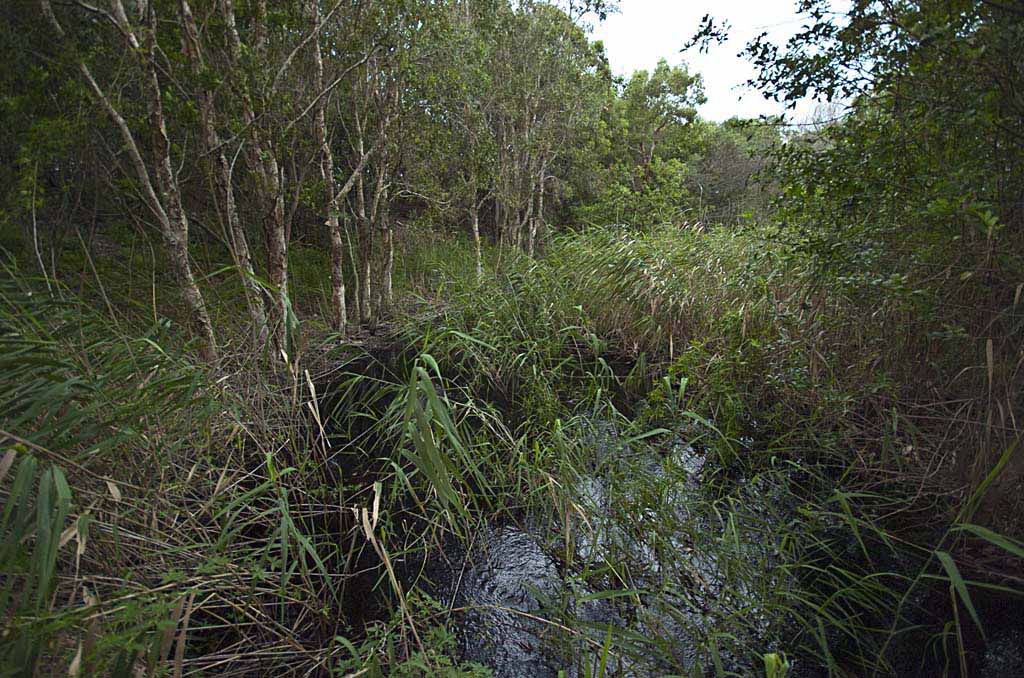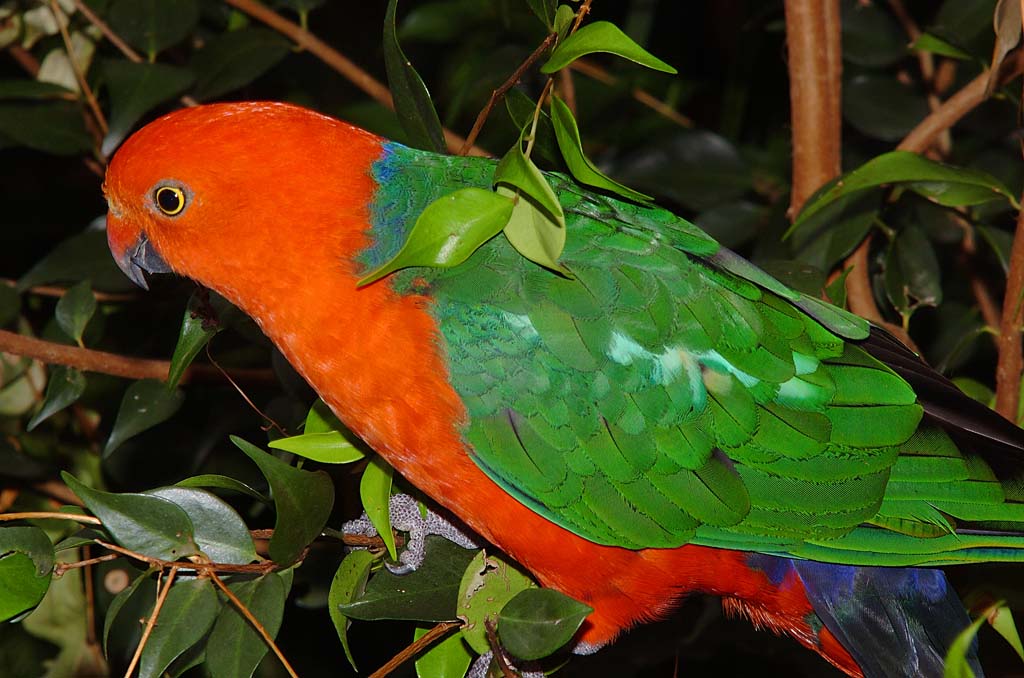Here I will review some of the normal focal length Nikon Lenses. You may ask what is normal in photography, well by normal I am meaning a lens which gives a viewing angle similar to what we see with the human eye. The viewing angle of the human eye is around 45 degrees. There… Continue reading Nikon Normal Lens Reviews
Nikon VR Lenses
What is VR in Nikon lenses and what is all the hype about it. Well VR stands for Vibration Reduction and it reduces the effect of any camera and lens vibration. How does it Work? The Nikon VR System works by adjusting elements within the lens to compensate for camera shake of the lens and… Continue reading Nikon VR Lenses
Travelling Photography – Nikon Lens Reviews for Travellers
When travelling, the secret for an enjoyable trip is to travel light but also to have enough equipment to satisfy your photographic needs to achieve high image quality. Your needs may vary from wide angle lenses for landscapes to super telephoto lenses for distant birds and animals. For travelling the Nikon range of DX cameras… Continue reading Travelling Photography – Nikon Lens Reviews for Travellers
Nikon Fisheye Lens Reviews
Where you have a wide landscape it is sometimes nice to have a fisheye lens to capture the scene. However the lens you use will depend on weather you use a DX or FX full frame camera. Nikon DX (APS-C) Lenses With the Nikon 10.5mm f/2.8G Fisheye Lens Review we have the widest lens for the… Continue reading Nikon Fisheye Lens Reviews
Nikon DSLR Lens Reviews
If you are selecting a lens for your Digital Single Lens Reflex (DSLR) camera, the selection of a lens will depend on many factors and we will attempt to summarise here some of the issues. We have many lens reviews and summaries on this site, for most of the current Nikon lenses available, see them… Continue reading Nikon DSLR Lens Reviews
Long Lens Techniques For High Image Quality
One of the most difficult things to learn with the super telephoto lenses are the techniques to help get high image quality. By referring to super telephoto lenses I am talking about lenses of 300mm or longer particularly the longer range of lenses. Bear in mind that if you are using expensive super… Continue reading Long Lens Techniques For High Image Quality
Nikon Lens Review of the Ten Best Nikon Lenses
I have been thinking that if I had to choose a new Nikon lens kit, what ten new lenses would go into my bag. This choice is aimed at selecting the best ten lenses for high image quality and the best usefulness. More than ten lenses and my bag would be too heavy! Bear in… Continue reading Nikon Lens Review of the Ten Best Nikon Lenses
Nikon Wide Angle Lens Reviews
I love wide angle lenses for capturing wide expansive landscapes and also for getting a wider view in enclosed spaces such as inside buildings and where you want to catch architectural scenes. We have categorised these wide angle lenses into both DX and FX lenses according to the camera you may be using. Nikon… Continue reading Nikon Wide Angle Lens Reviews
Nikon Macro Lens Reviews
I love taking macro images, there is always something in your garden to photograph. In the above image I was able to capture a spider on its web. Macro or micro lenses are great in that they can be used close up to produce life size images of tiny subjects and they will also… Continue reading Nikon Macro Lens Reviews
Nikon Telephoto Lens Reviews
If you want to capture an image such as the above image of the butcher bird, you will need quite a long telephoto lens as you are limited in how close you can approach the subject without disturbing the subject. In general the Nikon telephoto lenses cam be categorised in several categories as follows.… Continue reading Nikon Telephoto Lens Reviews


